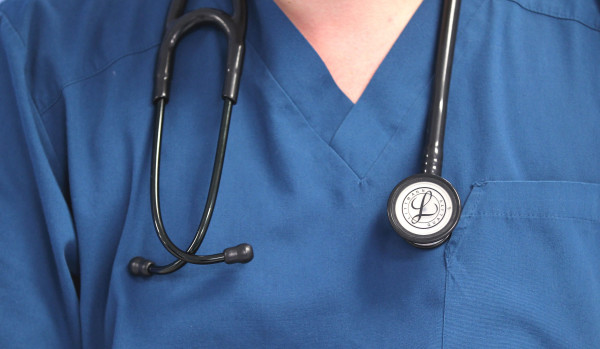The issue of the annual allowance is making national news at the moment with various reports of how angry doctors are about it and how they believe it “unfairly” impacts them due to the rigid structure of the NHS Pension Scheme.
Adding fuel to the fire was news the British Medical Association is calling on the government to reform both the annual allowance and the tapered annual allowance for doctors in the NHS Pension Scheme.
It has also been suggested doctors and other public sector workers are taking early retirement or leaving the profession to avoid charges.
What is the annual allowance?
The annual allowance was introduced in 2006. It was originally set at £215,000 and was designed to limit the amount that could be saved into a pension each year before a tax charge was applied.
The rationale was to prevent the wealthiest people from benefitting from excessive pension tax relief.
Since its introduction, the annual allowance has been adjusted many times by successive governments.
It increased every year when it was first introduced but in 2011 it took a substantial drop from £255,000 to £50,000 and in 2014 a further drop to £40,000, where it has remained.
The carry forward facility was introduced in 2011, which provided the opportunity for people to roll-over unused allowances from previous years.
Each change since 2011 has made it more likely that people will breach the limit – this is compounded by the introduction of the tapered annual allowance in 2016.
Tapered annual allowance impact on doctors
The tapered annual allowance was introduced in 2016 to further restrict the amount of pension tax relief available for high earners.
The measure was designed to target higher earners with generous pension savings.
It has resulted in many more doctors paying higher amounts of tax for remaining in the NHS Pension Scheme.
This has caused many doctors to question the benefits of the NHS pension, with some choosing to leave the scheme to avoid the charge altogether.
Any breach in annual allowance is tax charged at the individuals’ highest tax rate. This will be either 40 per cent or 45 per cent.
Huge numbers of doctors are now making the decision to refuse the additional work as a way of keeping income down and therefore avoiding tax charges due to the growth in their pension.
Why are doctors being so badly impacted?
The NHS Pension Scheme is a defined benefit scheme where the value of the final benefits is not dependent on investment returns but a percentage of the pensionable pay.











